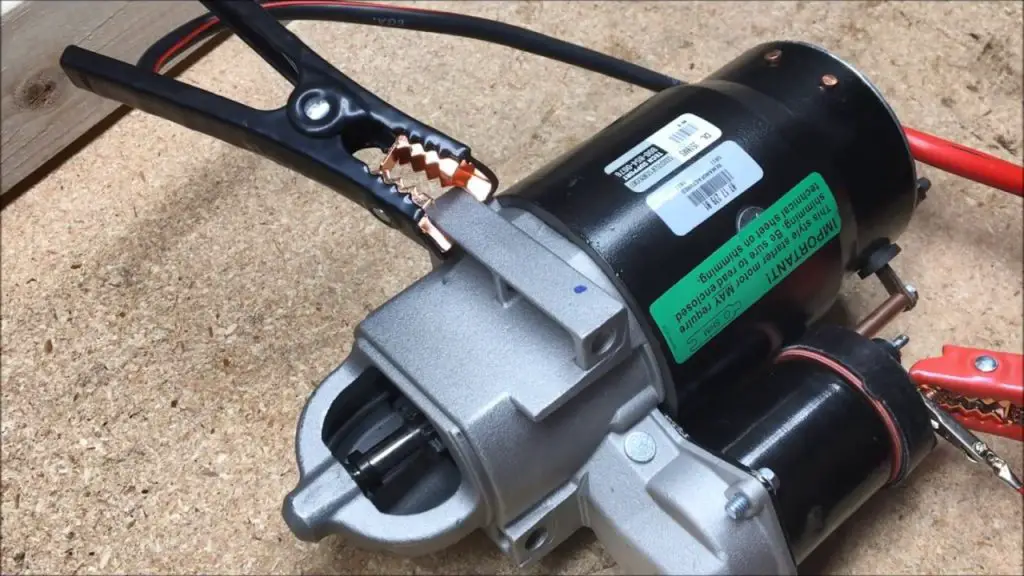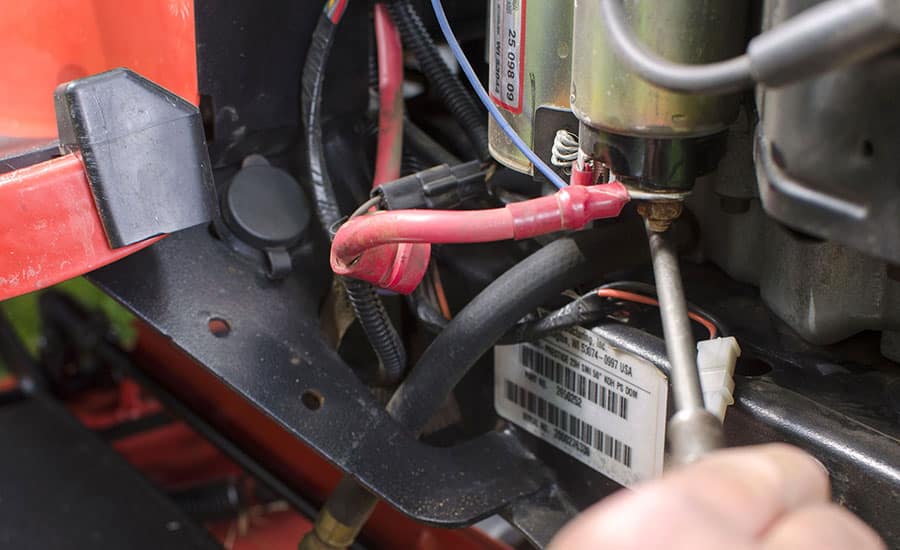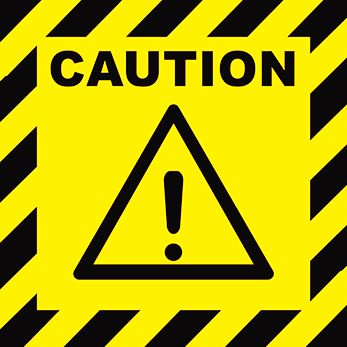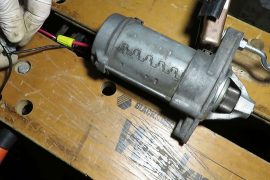Do you plan to cut down the tall grasses of your lawn the next morning? If so, then have a warning for you. And that is, a bad starter can ruin all of your plans!
Okay. don’t get panicked. Rather, let’s try to get the solution.
You know, if you leave the lawnmower for a long time and do not use it, problems may occur in different parts of the mower. The lawnmower starter is one of them. Note that you need to test all the parts before starting mowing.
Now, come to the main fact. What to do if the starter is in trouble? Obviously, you need to test it. The bench test is the solution to test a lawnmower starter.
Have you any idea how to bench test a lawn mower starter? No idea? Ok. No need to be hectic.
You will get all the possible solutions in this regard. Stay with us.
In this content you’ll learn:
A Complete Guideline On Bench Test Of A Lawn Mower Starter

Before replacing the starter, you must make sure that the current lawnmower starter is totally damaged. You can be sure of this by testing some parts and connections.
Now, let’s have a look at what parts and connections you have to test before the bench test of the starter.
- Battery
The mower battery needs to be checked before checking for any problems with the starter. This is because the power is supplied from the battery to the starter to turn on the mower.
If the battery is not charged properly, it will not be able to supply enough power to the starter. You know most of the lawnmowers use 12 volts batteries. And you can check the battery by using a multimeter.
If the battery shows 12 volts in the multimeter, the battery is in good condition. But when the battery shows less than 12 volts, it indicates the condition of the battery is slowly deteriorating. And the battery needs to be replaced as soon as possible.
- Check all electrical connections
If all the electrical connections in the lawnmower are not connected properly, then the mower will not turn on. When the connections are broken or loose, it will not be able to supply power to the starter.
- Inspect the solenoid
Starter solenoids play an important role in starting lawn mowers. When the key to the lawnmower is rotated in the keyhole, electricity from the battery is transported to the solenoid. The solenoid then supplies power to the starter motor to turn on the mower.
If the solenoid is faulty, you can not start the lawnmower. And when you attempt to start the mower, it only sounds click but the lawnmower will not be turned on.
The Process Of Bench Test The Lawnmower Starter

When all the parts are good in condition, now it’s time to bench test the lawnmower starter. Follow the steps outlined below to test the starter.
Necessary tools:
Steps to follow:
Step #1: Prepare The Lawn Mower
Take the lawnmower into a flat surface and enable the parking mode.
Step #2: Remove The Spark Plug
Disconnect the power cable or spark plug from the mower.
Step #3: Remove And Clean The Starter
Remove the starter from the mower. Clean the starter with a cleaning brush to remove all the dirt and debris from the starter.
Step #4: Connect The Jumper Cable
Take a 12 volts battery and a jumper cable to test the starter motor. Jumper cable has two points. One is positive and the other is negative. The red cable indicates the negative points and the black cable indicates the positive points.
Step #5: Connect with Battery
Connect one side of the jumper cable with the battery.
Step #6: Test The Starter Motor
Connect the other negative point with the frame of the starter. Touch the positive point with the terminal of the starter. If all goes well, the starter’s head will start spinning.
You will see the starter’s head rise up to engage with the flywheel.
Step #7: Replace The Damaged Starter Motor
If the starter is damaged, the rotation will automatically stop or sound click. In that case, it is better to change the starter.
Cautions

- Wear hand gloves and goggles when connecting the jumper cable with the battery.
- Carefully check the electric connections. Don’t forget to remove the spark plug from the mower before checking the electric connections.
Final Verdict
To sum up, we can say that bench testing a lawnmower is not a difficult task. You can do this at home. And eventually, it will save your expenses to call a technician.
Hopefully, following the above-mentioned process has helped you to identify where the problem is and how to bench test a lawn mower starter.
Now it’s your turn. Check the lawnmower every part before operating the mower and enjoy your mowing time.
